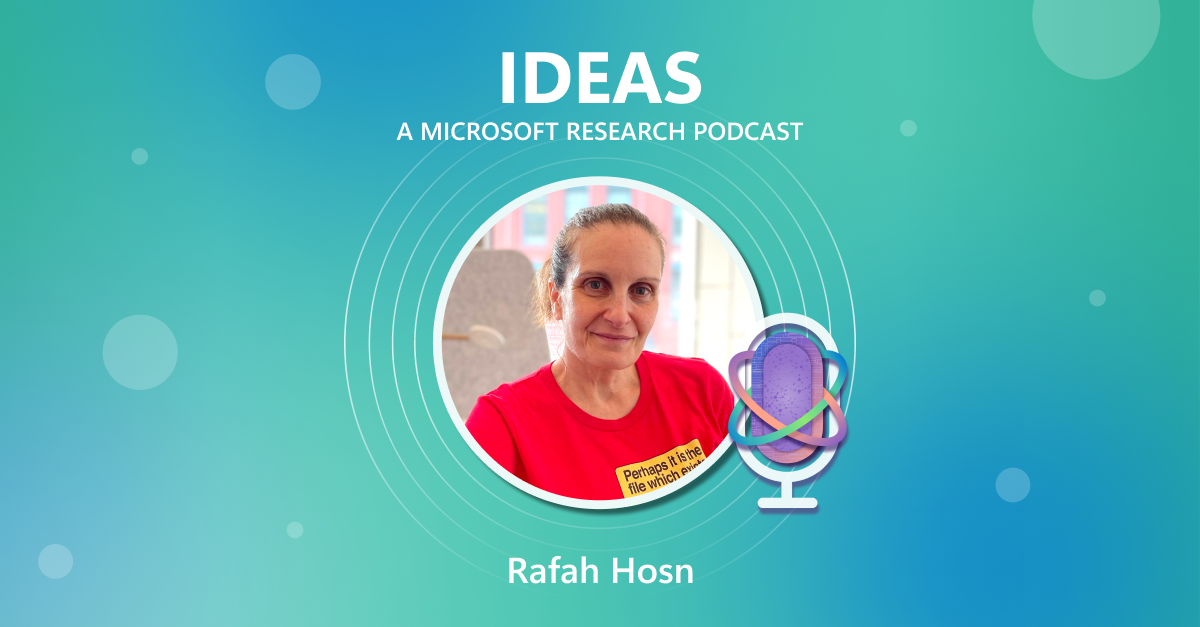Posted by
Transferring research results into products and services is always a challenging part of Microsoft Research’s job. No two transfers ever happen quite the same way. This year, Microsoft Research Silicon Valley (opens in new tab) had a tech-transfer experience that is, I believe, unique in the history of Microsoft Research—at least, I can’t remember one of a similar sort in the 11 years I’ve been here.
Ideas: Exploring AI frontiers with Rafah Hosn
Energized by disruption, partner group product manager Rafah Hosn is helping to drive scientific advancement in AI for Microsoft. She talks about the mindset needed to work at the frontiers of AI and how the research-to-product pipeline is changing in the GenAI era.
The technology in this case is a novel form of erasure codes, called “locally reconstructable codes,” that can make a dramatic improvement in the resources required to provide necessary redundancy in a storage-based service. These codes have substantially better space efficiency than classic Reed-Solomon codes, as well as better performance both in normal operation and during error recovery. It is surprising and gratifying that even in a field that has been explored so extensively, it is still possible to make important discoveries.
But what really made this work unusual was the way in which it was done. The coding algorithms and their practical implementation were created by a team of researchers spanning two Microsoft Research labs: Cheng Huang (opens in new tab) and Jin Li (opens in new tab) of Redmond (opens in new tab) and Parikshit Gopalan (opens in new tab) and Sergey Yekhanin (opens in new tab) of Silicon Valley. Geography often poses a challenge to research collaboration, but these teams were able to overcome that obstacle. What’s even more unusual is the take-up of the technology, which is finding its way into multiple Microsoft products and services. Most research technologies that make it into products land in a single place, and it is rare that a research technology is exploited simultaneously by more than one business division. I see this as a direct result of our open research model, which encourages researchers to collaborate across both disciplinary and geographical boundaries and to work directly with product groups to assist in the transfer of their results.
 (opens in new tab)I congratulate both the researchers and the product teams for creating and exploiting this technology in such an unusual, broad way. This was an enormously exciting and rewarding experience for the researchers, who got to see their work in theoretical computer science make a big difference to Microsoft’s products. Of course, the real reward goes to the ultimate beneficiaries—Microsoft’s customers, who will enjoy highly reliable, cost-effective storage systems in a number of the company’s products.
(opens in new tab)I congratulate both the researchers and the product teams for creating and exploiting this technology in such an unusual, broad way. This was an enormously exciting and rewarding experience for the researchers, who got to see their work in theoretical computer science make a big difference to Microsoft’s products. Of course, the real reward goes to the ultimate beneficiaries—Microsoft’s customers, who will enjoy highly reliable, cost-effective storage systems in a number of the company’s products.


